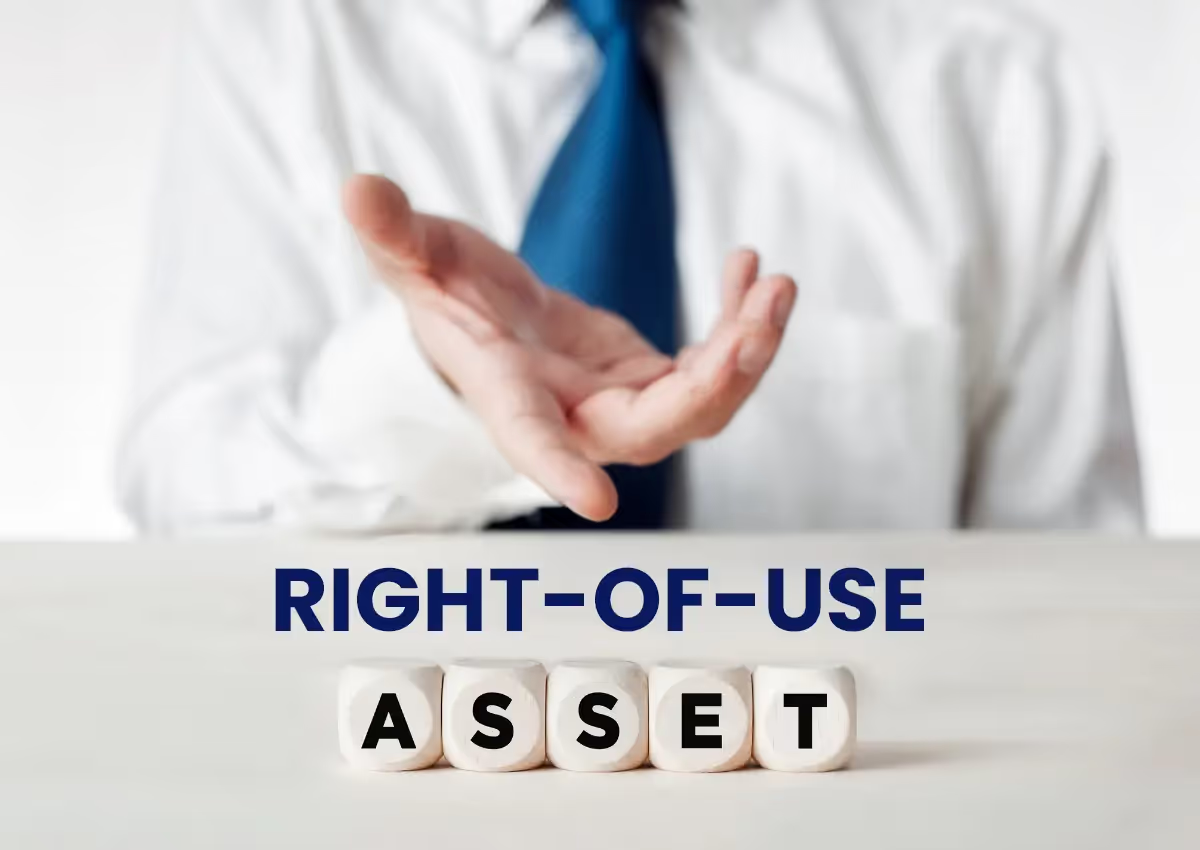Leasehold improvements: A comprehensive guide for accountants
Leasehold improvements encompass modifications, enhancements, or alterations made to a leased space by the tenant or lessee. Learn how they work and more.

In this post, we delve into the depths of leasehold improvements, addressing key questions and shedding light on this important aspect of accounting. Let's begin by exploring the corrected headings for our discussion:
What are leasehold improvements?
Leasehold improvements, often referred to as tenant improvements, encompass modifications, enhancements, or alterations made to a leased space by the tenant or lessee. These improvements are typically undertaken to tailor the leased premises to the tenant's specific needs and requirements.

Why are leasehold improvements important?
Understanding the significance of leasehold improvements is paramount in the world of accounting. These improvements have a direct impact on financial statements, lease accounting, and tax considerations. Accountants must grasp their importance to accurately reflect a company's financial position.
How do leasehold improvements work?
To navigate leasehold improvements effectively, accountants must comprehend the intricate workings of the process. This section will provide a detailed breakdown of the steps involved, from initial planning to accounting treatment.
Benefits of leasehold improvements?
Leasehold improvements offer several key benefits to both tenants and landlords. These advantages make leasehold improvements an attractive option for businesses looking to customize and enhance their leased spaces. Here are the primary benefits:
Customization
Leasehold improvements allow tenants to tailor the leased space to meet their specific needs and preferences. This customization can include layout changes, interior design upgrades, and the addition of specialized equipment.
Enhanced functionality
By making improvements to the space, businesses can optimize workflow and operations. This can lead to increased efficiency and productivity, which can ultimately improve the bottom line.
Upgraded spaces
A well-designed and upgraded space can be more appealing to customers, clients, and employees. It can create a positive first impression and contribute to a better overall experience.
Competitive advantage
In competitive markets, leasehold improvements can set a business apart from its competitors. It can be a strategic move to gain a competitive edge and attract a larger customer base.
Increased property value
Leasehold improvements can increase the overall value of the leased property. This benefits both landlords and tenants. Landlords can charge higher rents for improved spaces, while tenants can enjoy a better working environment.
Long-term benefits
Many leasehold improvements have a lasting impact and provide benefits beyond the current lease term. This long-term value makes the investment worthwhile for tenants.
Tax benefits
Depending on tax laws and regulations, leasehold improvements may offer tax advantages. Businesses may be able to deduct or depreciate the costs over time, reducing their taxable income.
What qualifies as a leasehold improvement?
Leasehold improvements encompass a diverse array of modifications and enhancements made to a leased space. To qualify as a leasehold improvement, an expenditure must meet the following criteria:
- Lease-related: The improvement should be directly tied to the leased premises.
- Beneficial over time: It should provide lasting benefits beyond the current lease term.
- Distinct from eepairs: Leasehold improvements go beyond regular maintenance or repairs.
- Customization: They should tailor the space to the tenant's specific needs.
Types of leasehold improvements
Regarding leasehold improvements, different categories of enhancements exist. Common types include:
Structural changes
Leasehold improvements in this category involve significant alterations to the layout and physical structure of the leased space. These changes can include adding or removing walls, partitions, or structural elements, ultimately reshaping the space to meet specific functional requirements.
Functional enhancements
Functional leasehold improvements are designed to enhance the practicality and efficiency of the leased area. These improvements focus on improving workflow, optimizing space utilization, and creating a more conducive environment for day-to-day operations.
Aesthetic improvements
Aesthetic leasehold improvements are primarily concerned with the visual appeal of the space. They encompass changes made to the interior design and decor to create a particular atmosphere, reinforce branding, or simply enhance the overall aesthetic quality of the area.
Utility upgrades
Utility leasehold improvements focus on enhancing essential building systems and utilities, such as electrical, plumbing, HVAC, and other infrastructure. These improvements are critical for safety, comfort, and operational efficiency, ensuring that the leased space meets both regulatory requirements and the specific needs of the tenant.
Leasehold improvement examples
Let's explore these examples of leasehold improvements in more detail
Office renovation
- Description: Office renovations are a common type of leasehold improvement. They involve transforming an existing office space to better suit the needs of the tenant. This can include changes to the layout, aesthetics, and functionality of the office.
- Specifics: Office renovations may entail adding new partitions to create separate workspaces, upgrading the flooring to improve comfort and aesthetics, and installing modern lighting fixtures to enhance visibility and ambiance.
Kitchen upgrade
- Description: A kitchen upgrade in a commercial setting can be vital for restaurants, cafes, or food service businesses. This type of leasehold improvement focuses on enhancing the kitchen's efficiency, safety, and capacity.
- Specifics: Upgrades often involve installing new appliances, such as industrial-grade stoves or ovens, and upgrading fixtures to meet health and safety standards. Improvements might also include adding ventilation systems to maintain air quality.
Technology infrastructure
- Description: In the digital age, technology infrastructure is crucial for businesses of all types. Leasehold improvements in this category focus on creating a robust IT environment.
- Specifics: This can involve the installation of advanced networking systems, high-speed internet connectivity, and state-of-the-art communication systems. Businesses may also invest in dedicated server rooms with climate control and security measures.
Customer-facing improvements
- Description: Creating an inviting and visually appealing environment is essential for businesses that interact directly with customers. Customer-facing leasehold improvements aim to enhance the customer experience.
- Specifics: Improvements may include redesigning the interior of a retail store to improve product displays and customer flow. It could also involve upgrading the decor, lighting, and signage to create an attractive and welcoming ambiance.
Frequently asked questions about leasehold improvements
Are leasehold improvements tax deductible?
Leasehold improvements can indeed offer potential tax benefits. The Tax Cuts and Jobs Act of 2017 allows businesses to deduct the cost of certain leasehold improvements over a shorter period, enhancing their tax deductions. However, specific rules and limitations apply, so it's crucial to consult with a tax professional to ensure compliance.
Are leasehold improvements incurred or capitalized?
Leasehold improvements are typically capitalized rather than treated as an immediate expense. These expenditures are considered capital investments in the leased space, and they are amortized over their estimated useful life. This capitalization aligns with accounting standards and provides a more accurate representation of a company's financial position.
Who owns leasehold improvements?
Leasehold improvements made by a tenant are considered the property of the tenant during the lease term. However, when the lease expires, these improvements often become the property of the landlord, unless otherwise specified in the lease agreement.

